The 4G+GPS/4G+GPS+WIFI active combination antenna stands as a cutting-edge and multi-functional solution meticulously crafted for vehicle-mounted applications. It seamlessly integrates 4G communication, GPS positioning, and WIFI/BT connectivity, making it an indispensable component in modern vehicle technology. Whether it's for personal cars, commercial fleets, or specialized vehicles, this antenna delivers unparalleled performance that meets the ever-growing demands of in-vehicle connectivity and positioning.
One of the most remarkable features of this antenna is its exceptional gain of 28dBi. This high gain ensures that even in areas with weak signals, such as remote rural regions, dense urban canyons, or underground parking lots, the antenna can capture and transmit signals effectively. It significantly reduces the chances of signal dropout, providing a stable connection for both communication and positioning. Compared to antennas with lower gain, this 28dBi gain antenna offers a much stronger signal reception capability, which is crucial for real-time data transmission and accurate location tracking.
With an impedance of 50 ohms, the antenna is perfectly matched to most vehicle-mounted communication devices and systems. This optimal impedance matching minimizes signal reflection, ensuring that the maximum amount of signal power is transferred between the antenna and the connected equipment. It helps maintain signal integrity, preventing data loss or corruption during transmission. This stability is especially important for applications that require continuous and reliable data flow, such as fleet management systems that need to monitor vehicle locations and statuses in real-time.
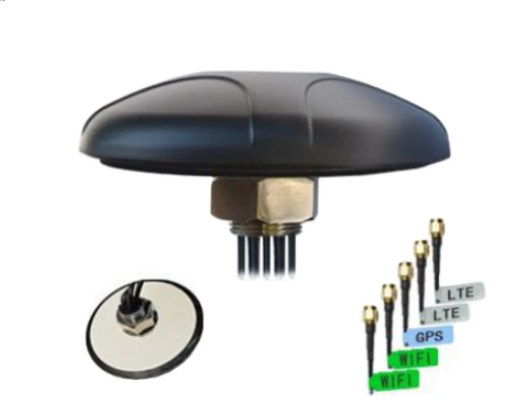
When it comes to signal quality, the standing wave ratio (SWR) parameters of this antenna are worth highlighting. For GNSS ACTIVE, the SWR is 283, which indicates a good match between the antenna and the GNSS receiver, ensuring efficient signal transfer for positioning. For LTE ANERAGE and WIFI/BT, the SWR is -2, a value that signifies excellent signal matching, resulting in minimal signal loss. Low SWR values are essential for maintaining high signal quality, as they reduce the amount of signal that is reflected back instead of being transmitted or received. This translates to clearer communication, faster data transfer speeds, and more accurate positioning.
The axial ratio is another critical parameter for GNSS functionality. With a GNSS axial ratio of ≤4, the antenna is highly efficient at receiving circularly polarized signals from satellites. Circular polarization is used in satellite communication because it minimizes signal loss due to the rotation of the satellite or the vehicle. A low axial ratio ensures that the antenna can effectively capture these signals, even when the vehicle is moving or the satellite is in a less than optimal position. This directly contributes to the accuracy of GPS positioning, making it suitable for applications such as navigation systems that require precise location information. For GSM and WIFI/BT, the axial ratio is not applicable (NA) as they operate on different signal polarization principles.
In terms of interface compatibility, the antenna supports FAKRA and SMA interface types, and it also offers customization options. This flexibility allows it to be easily integrated with a wide range of vehicle-mounted devices, including navigation systems, telematics units, and in-vehicle infotainment systems. Whether the vehicle uses a standard FAKRA or SMA connector, or requires a custom interface to fit specific equipment, this antenna can be adapted to meet the needs, reducing the hassle of installation and ensuring a secure and reliable connection.
The frequency coverage of this antenna is comprehensive, catering to the diverse needs of modern vehicle communication. For GNSS, it operates at 1575.421.023MHZ @BD, which is compatible with the BeiDou navigation satellite system, ensuring accurate global positioning. This frequency is specifically chosen to align with the signals emitted by BeiDou satellites, providing reliable and precise location data. The LTE 1 frequency range covers 824~960/1710~2690MHZ, which encompasses the main frequency bands used for 4G communication. This wide coverage ensures that the antenna can connect to 4G networks in various regions, providing high-speed internet access for in-vehicle applications such as streaming, video conferencing, and real-time data uploads and downloads.

The polarization types of the antenna are optimized for their respective functions. GNSS uses RHCP (Right-Hand Circular Polarization), which is the same polarization as most navigation satellites. This alignment allows the antenna to receive satellite signals more efficiently, reducing interference and improving positioning accuracy. LTE and WIFI/BT employ LP (Linear Polarization), which is ideal for terrestrial communication. Linear polarization is better suited for signals that travel through the atmosphere and reflect off buildings and other structures, ensuring strong and stable connections for 4G and WIFI/BT communication.
Durability is a key strength of this antenna, making it suitable for use in harsh environments. It has a storage temperature range of -40~+85°C and an operation temperature range of -40~+85°C. This means that whether the vehicle is parked in a freezing cold winter night in the Arctic or exposed to the scorching heat of a desert summer, the antenna can maintain its performance. It can withstand extreme temperature fluctuations without any degradation in functionality, ensuring reliable operation year-round. Additionally, this wide temperature range makes the antenna suitable for use in various geographical locations, from cold northern countries to hot tropical regions.
The 4G+GPS/4G+GPS+WIFI active combination antenna finds applications in a wide range of vehicle scenarios. In fleet management, it enables real-time tracking of vehicles, allowing fleet managers to monitor their location, speed, and route. This helps optimize fleet operations, improve fuel efficiency, and enhance driver safety. For personal vehicles, it provides accurate navigation and seamless internet connectivity, enhancing the driving experience. In specialized vehicles such as emergency vehicles, it ensures reliable communication and positioning, enabling quick response times. It can also be used in commercial vehicles for in-vehicle entertainment, allowing passengers to connect to WIFI and stream content during their journey.
the 4G+GPS/4G+GPS+WIFI active combination antenna is a high-performance, versatile, and durable solution for vehicle-mounted communication and positioning. Its impressive gain, optimal impedance, excellent signal quality parameters, flexible interface options, comprehensive frequency coverage, and robust temperature resistance make it a top choice for various vehicle applications. It not only meets the current needs of in-vehicle technology but also has the potential to adapt to future advancements in communication and positioning systems.

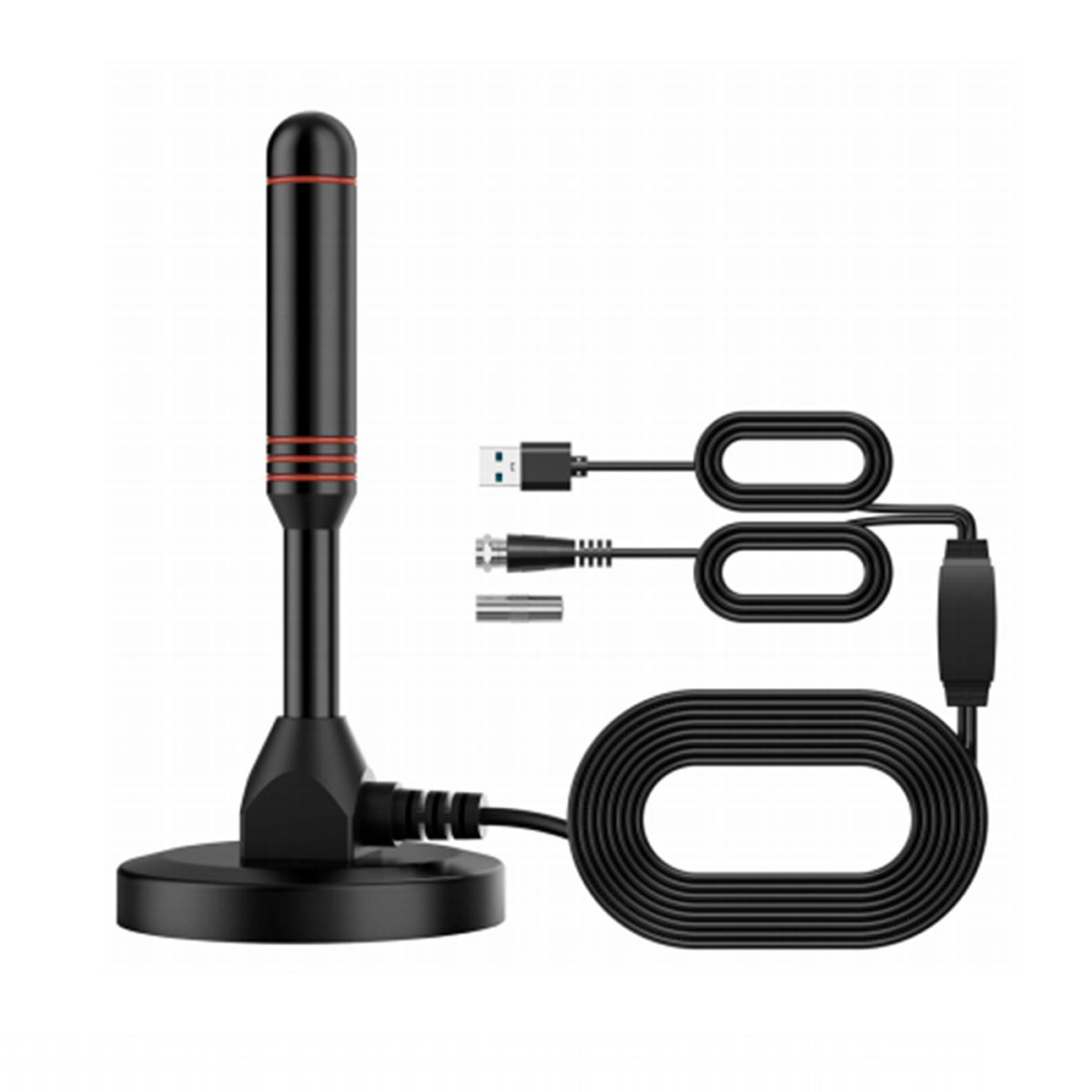
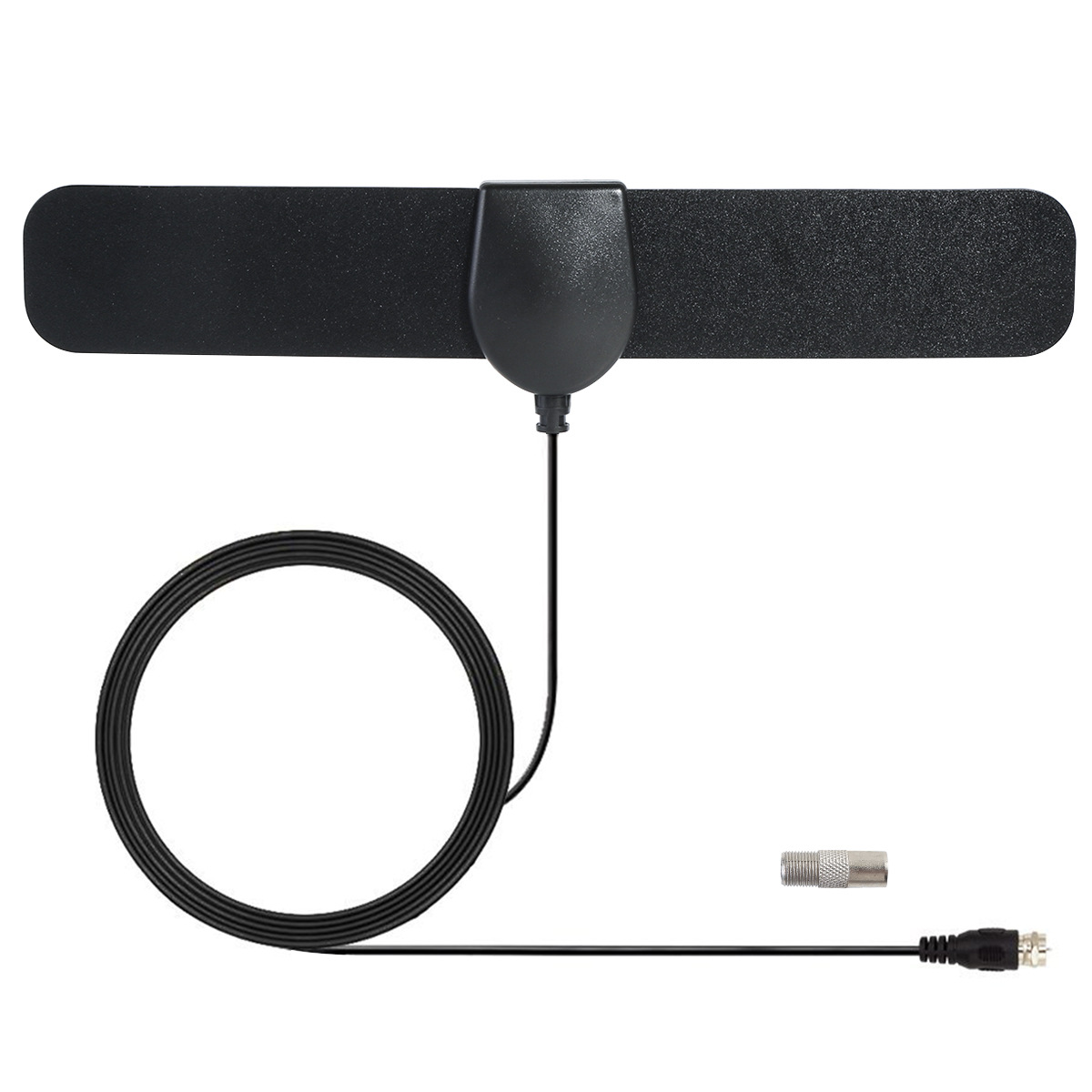
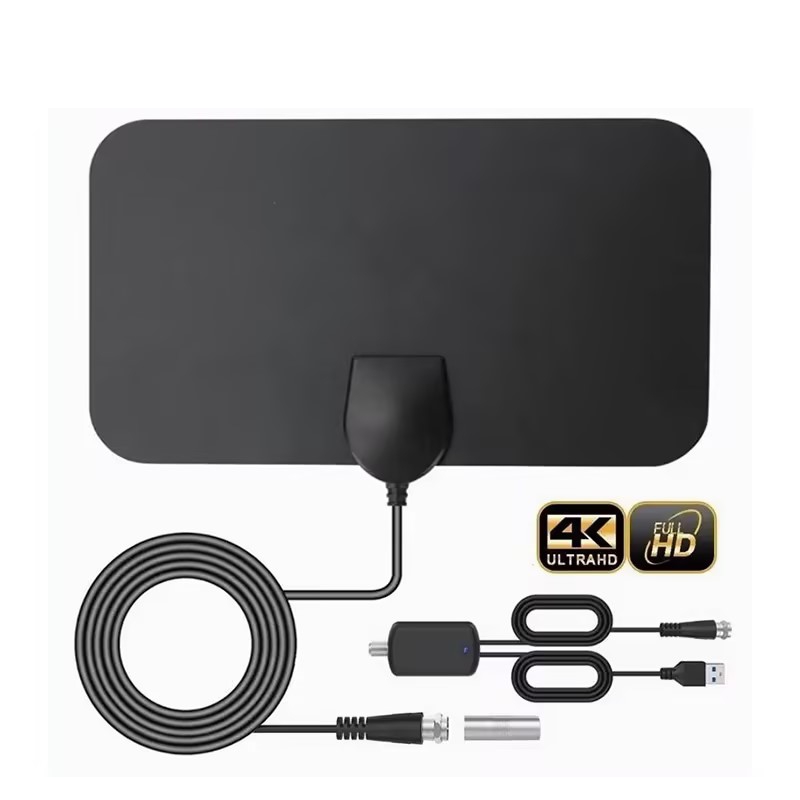


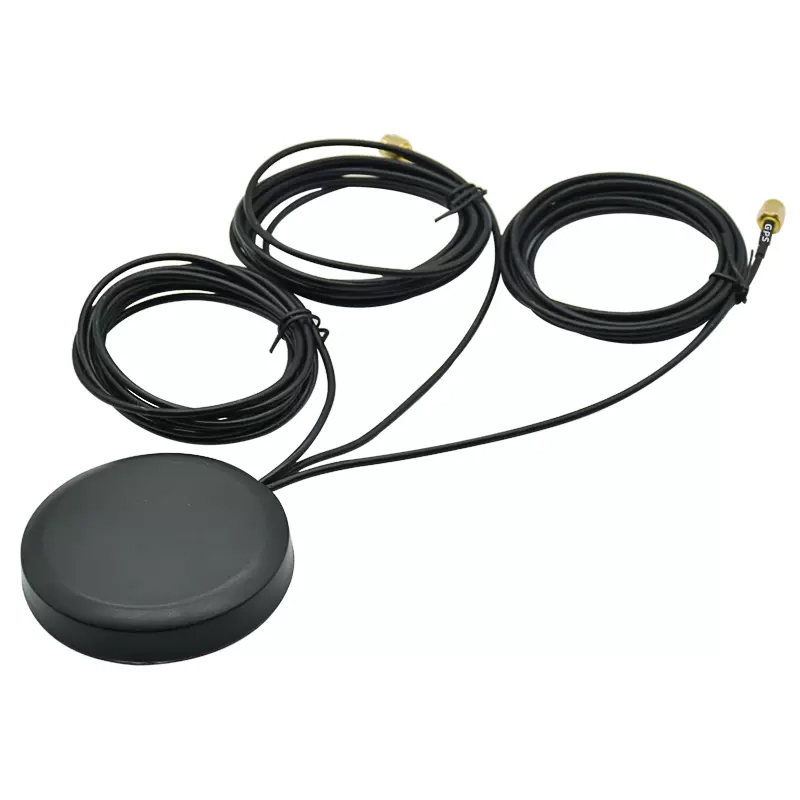
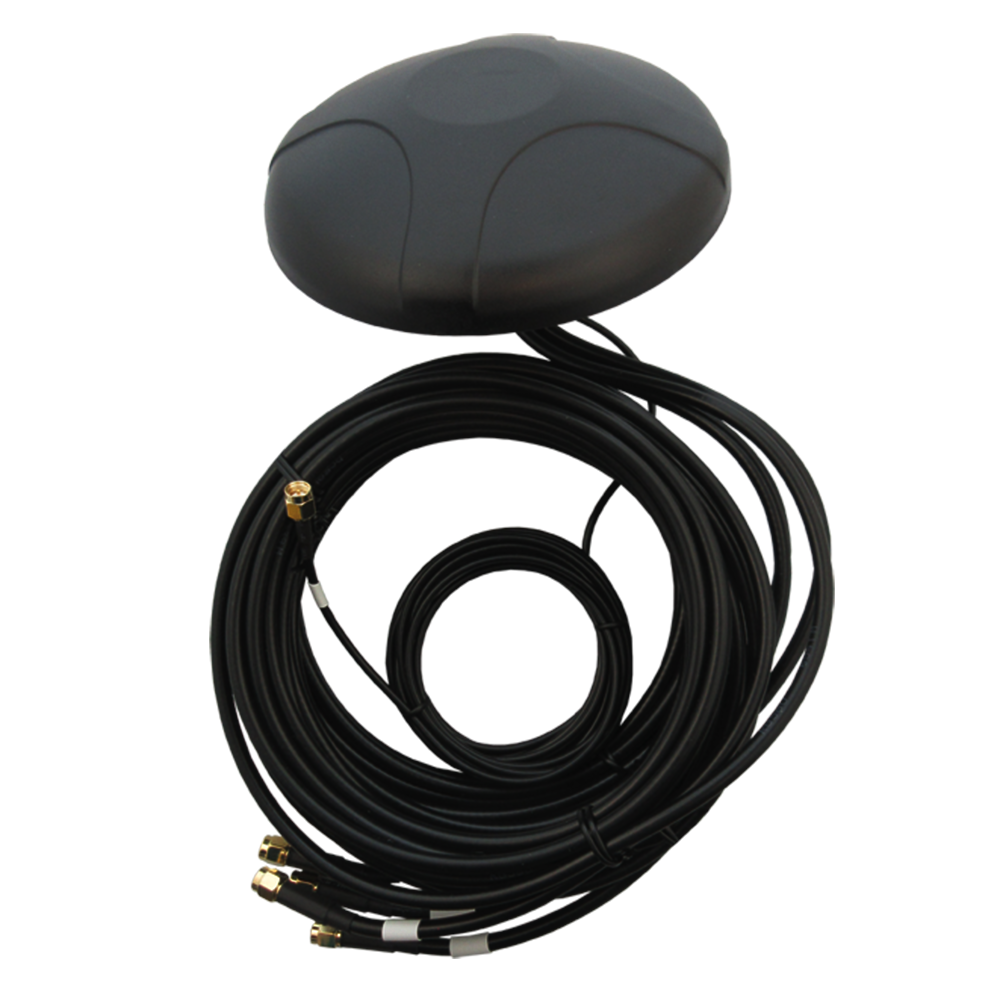

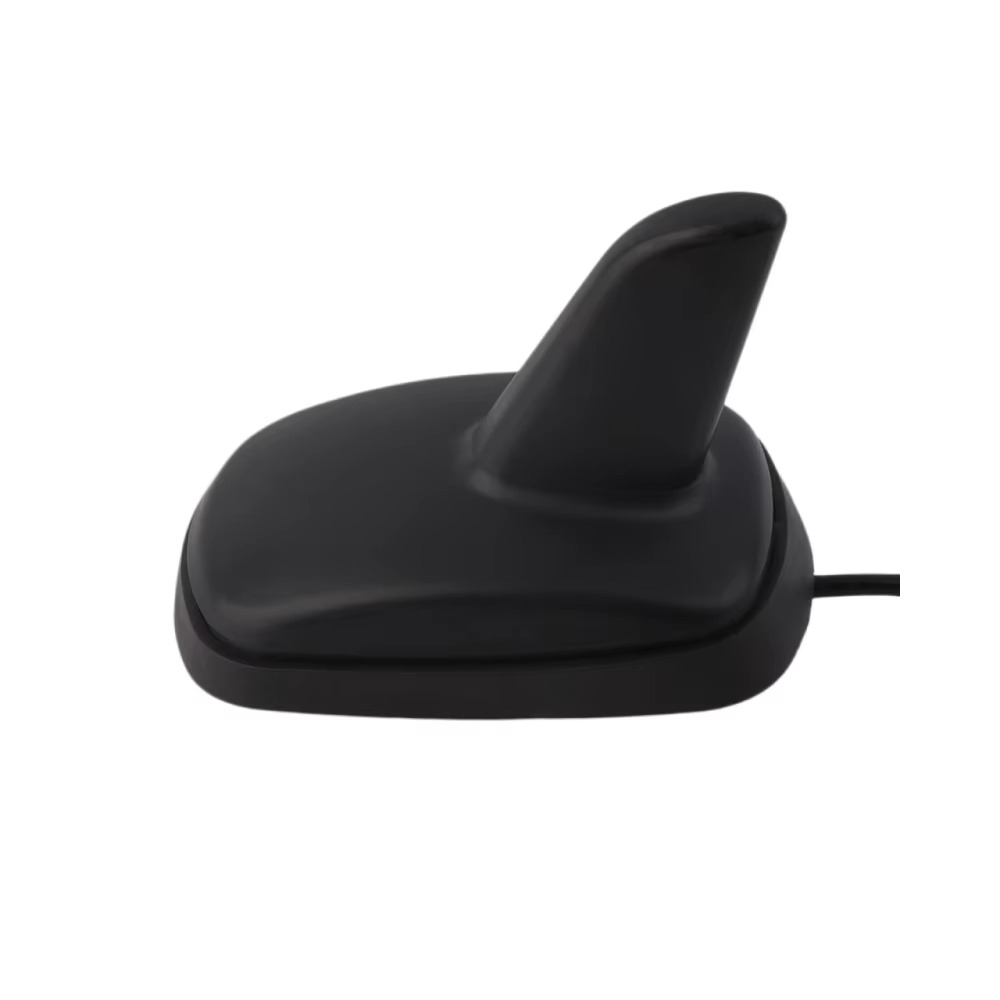
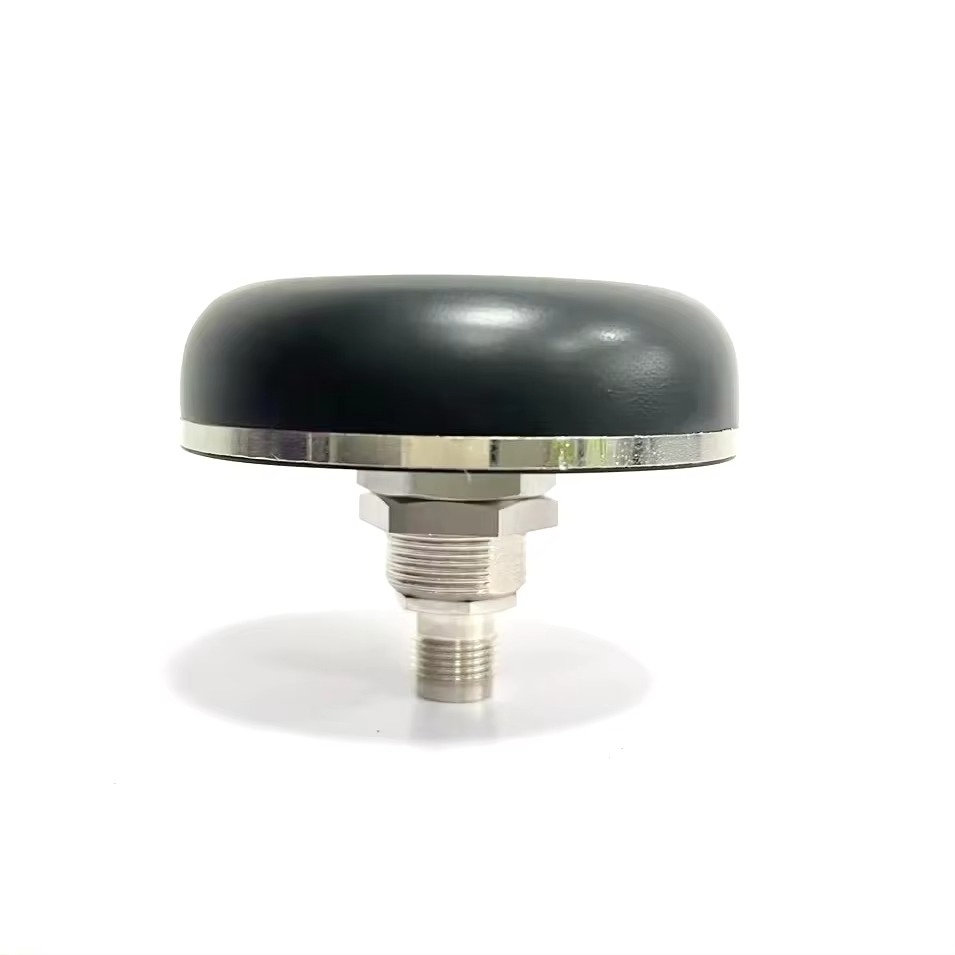
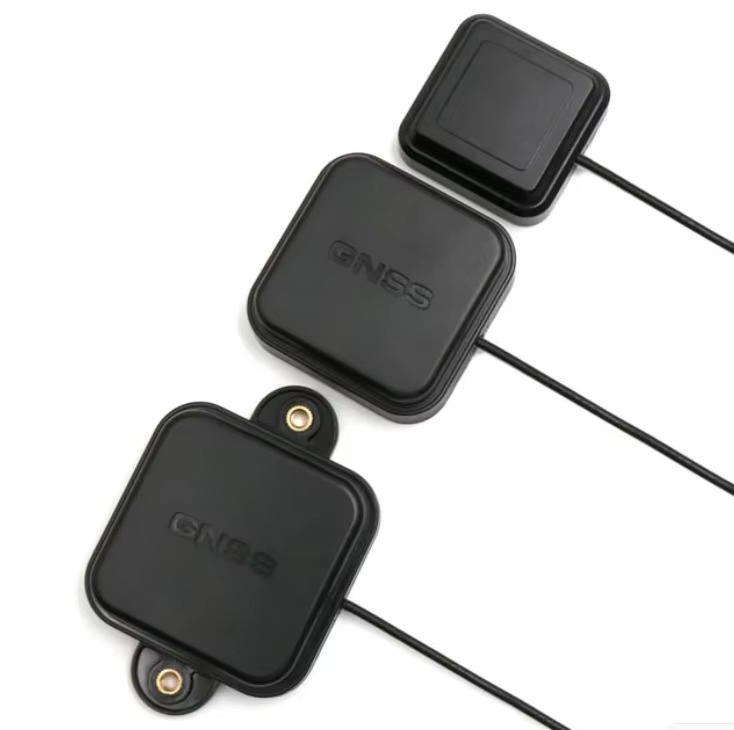

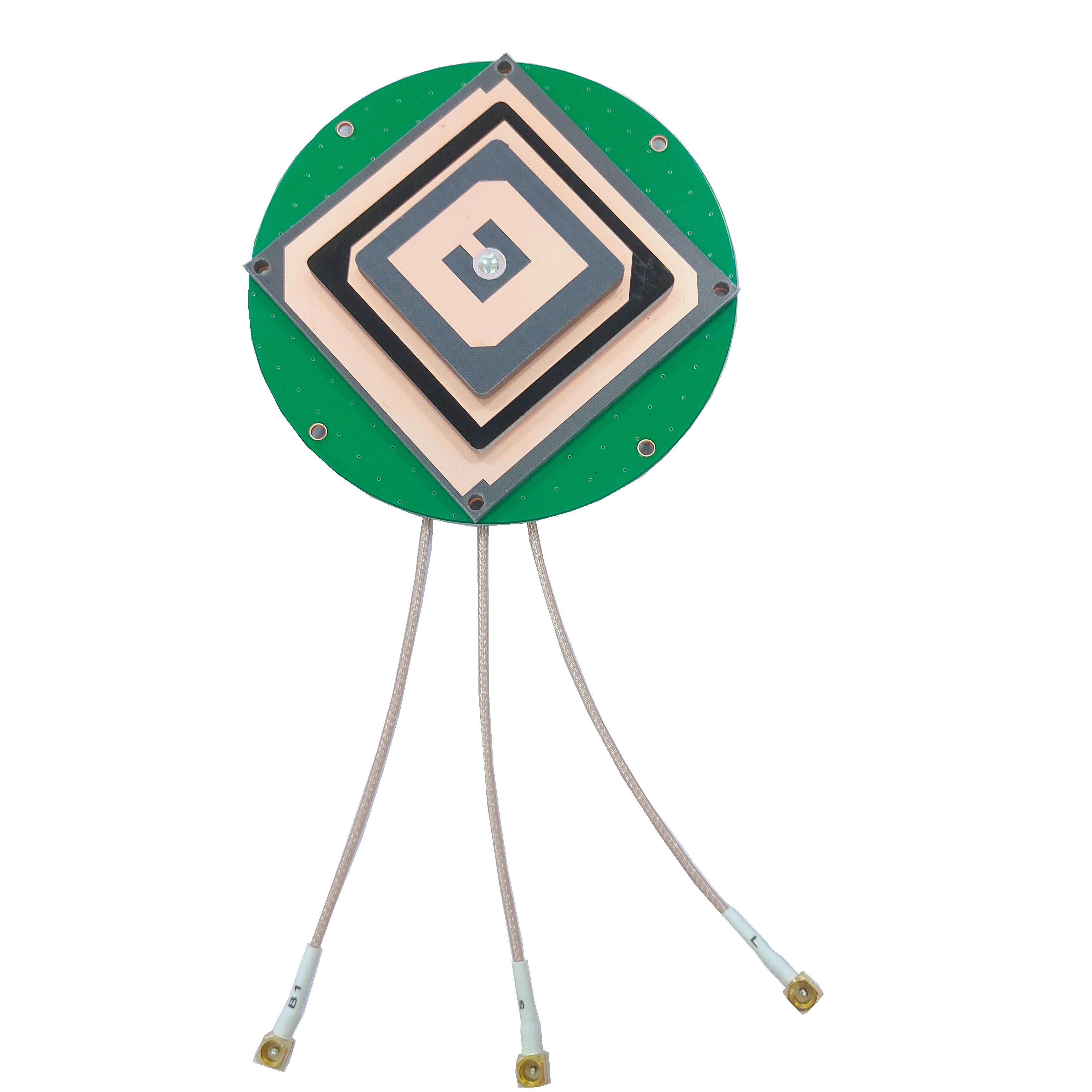
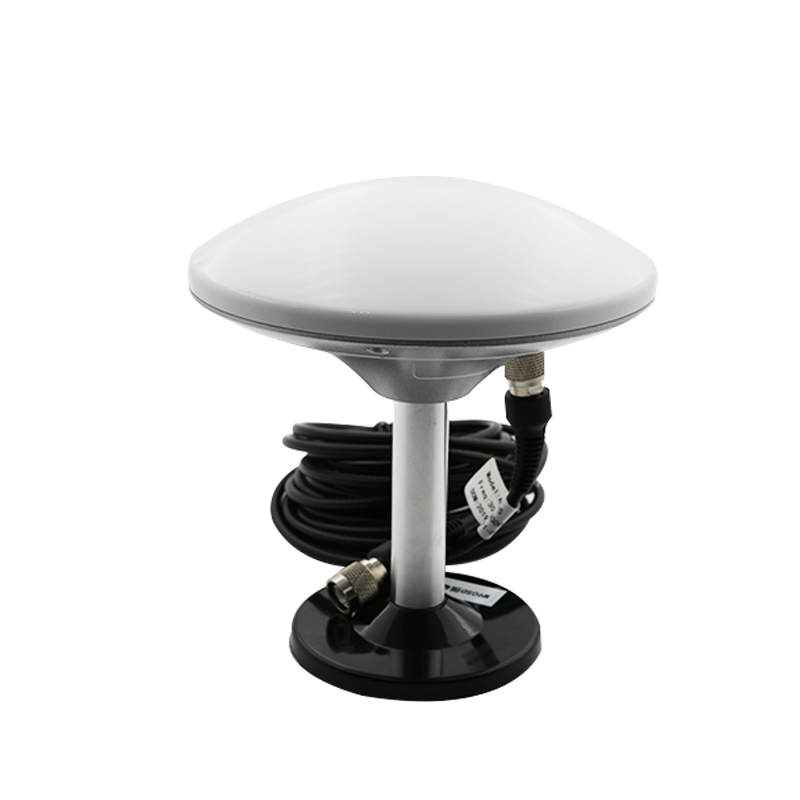

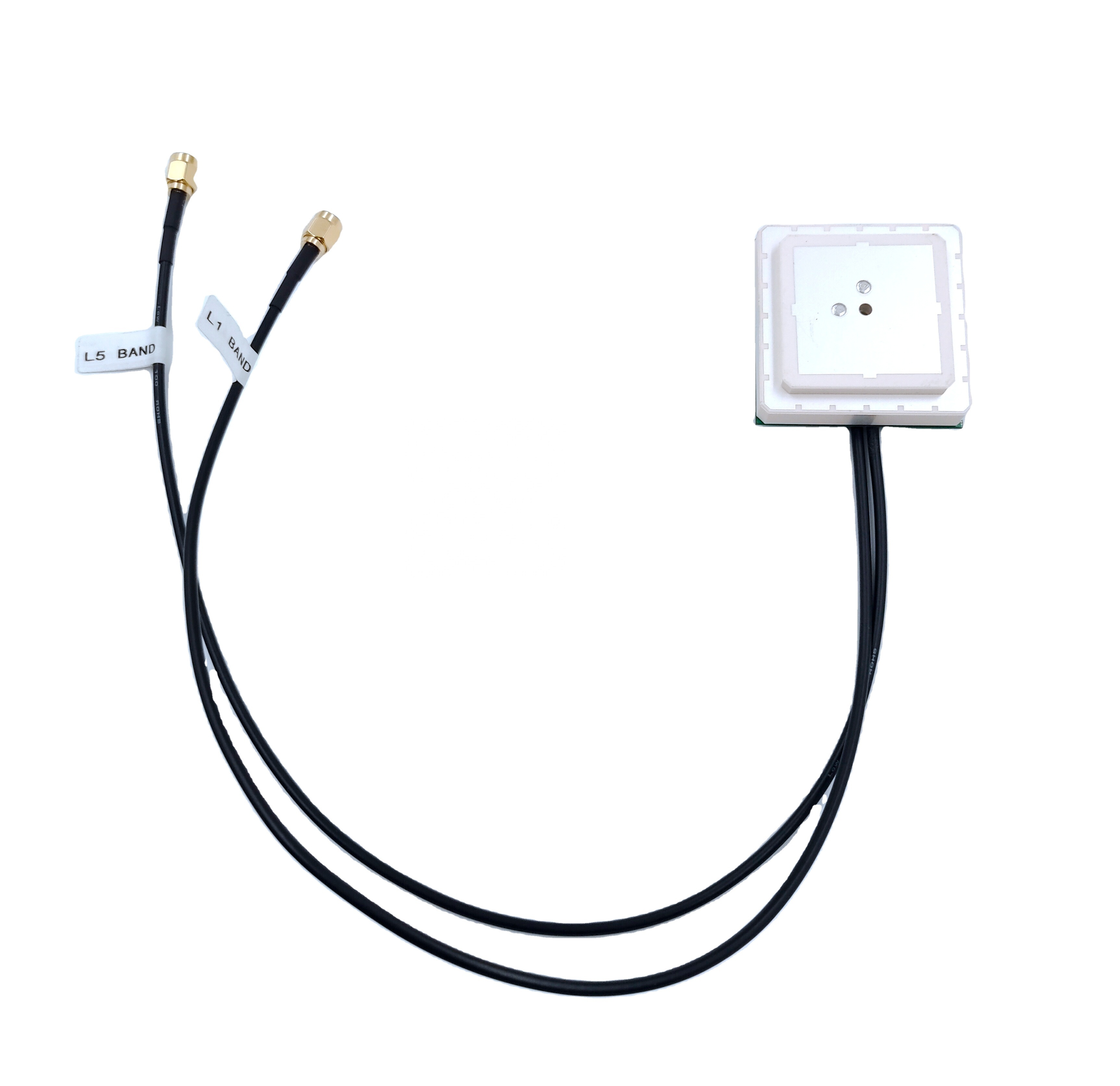
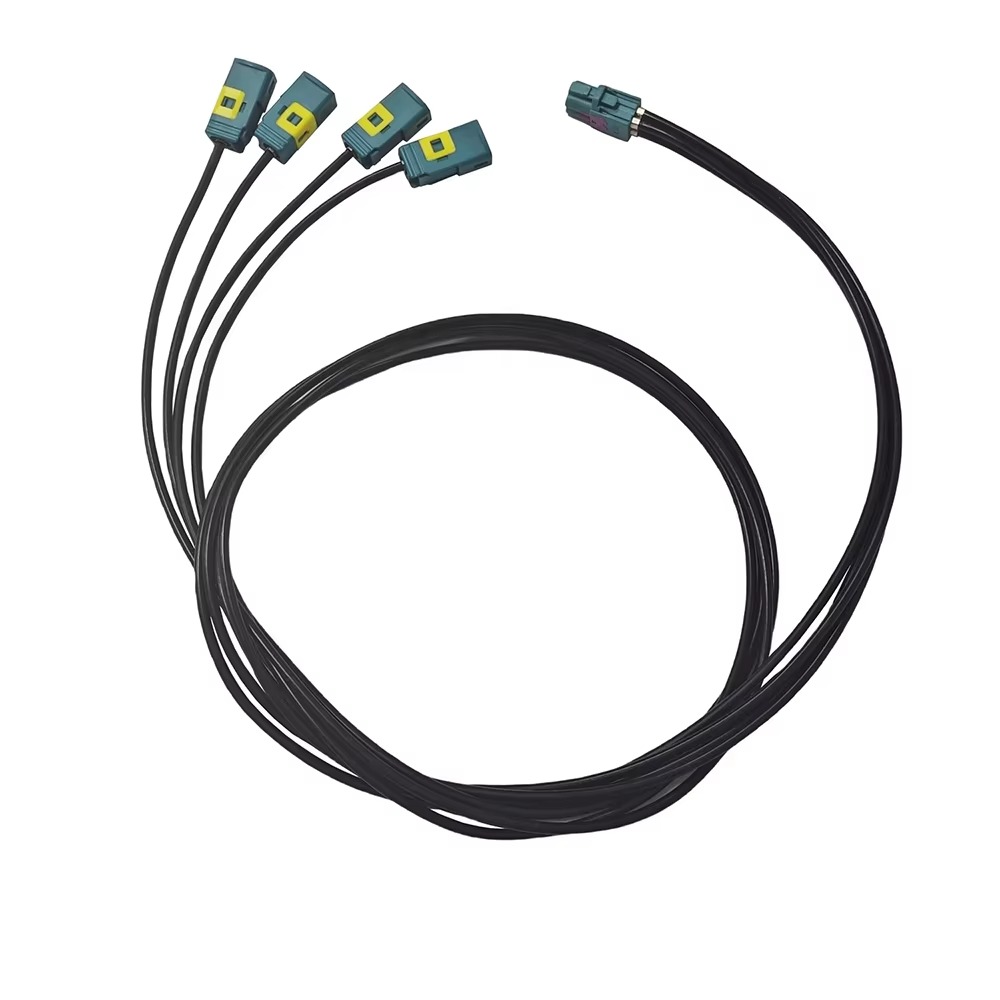
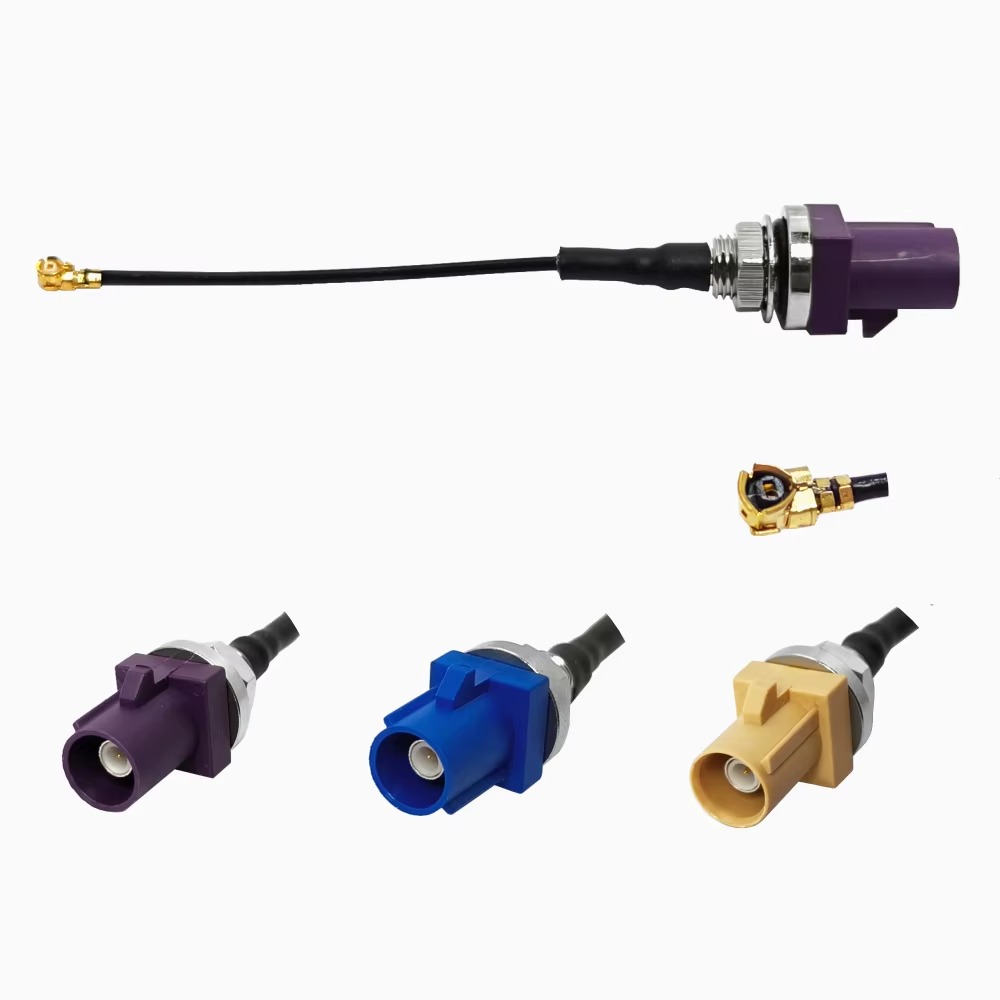
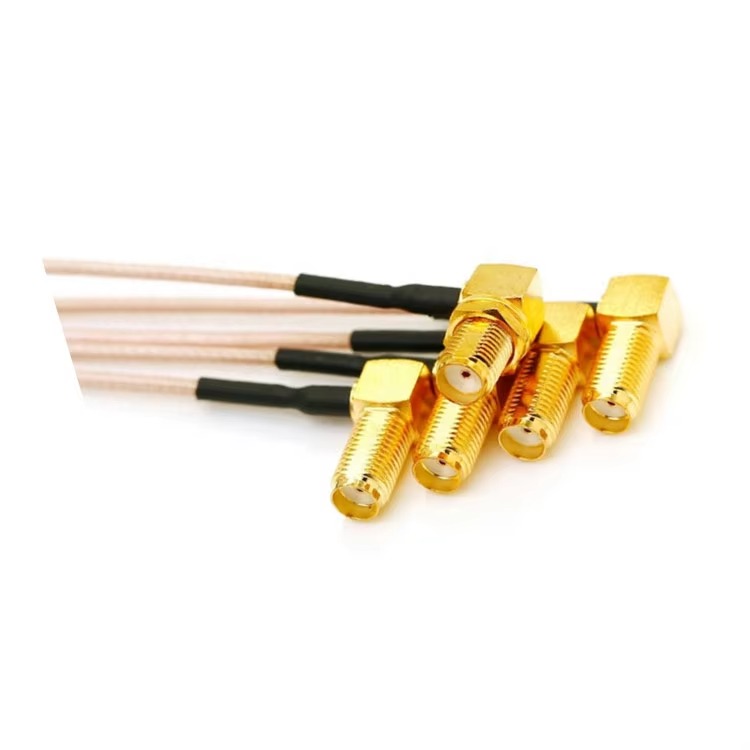
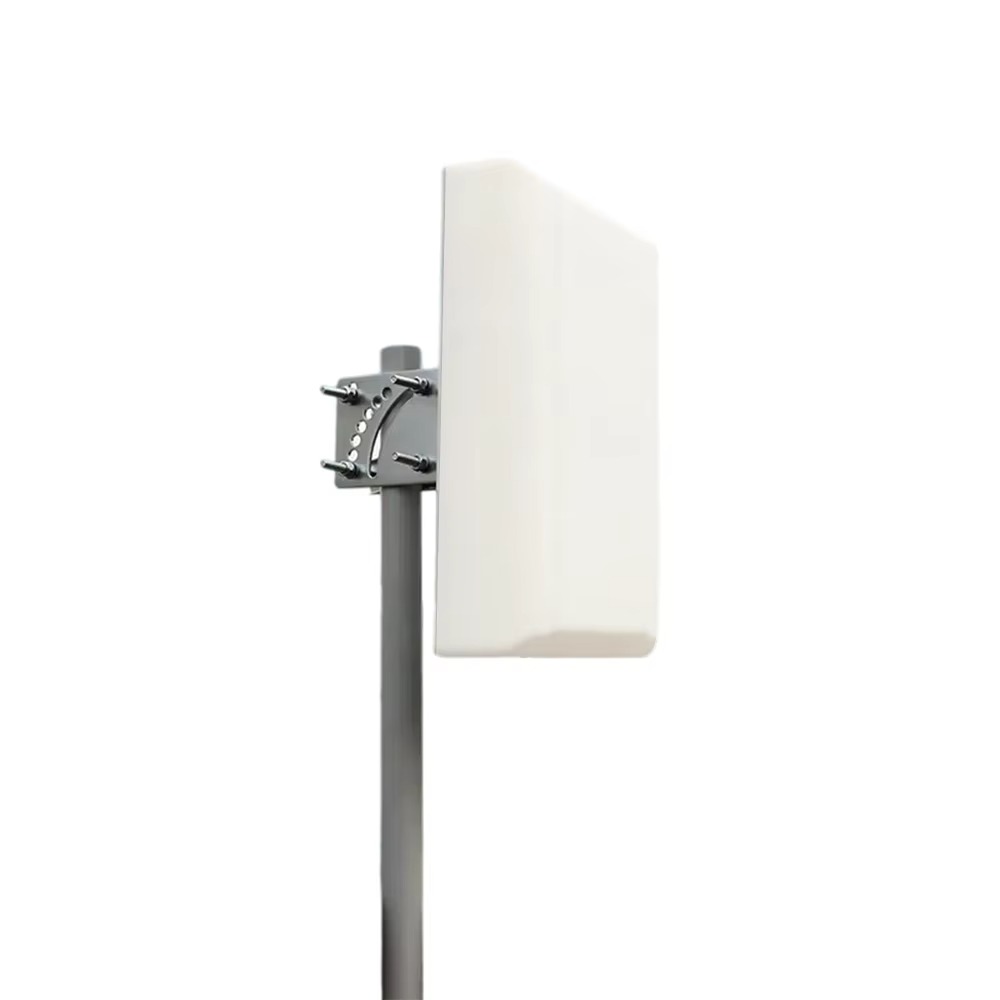
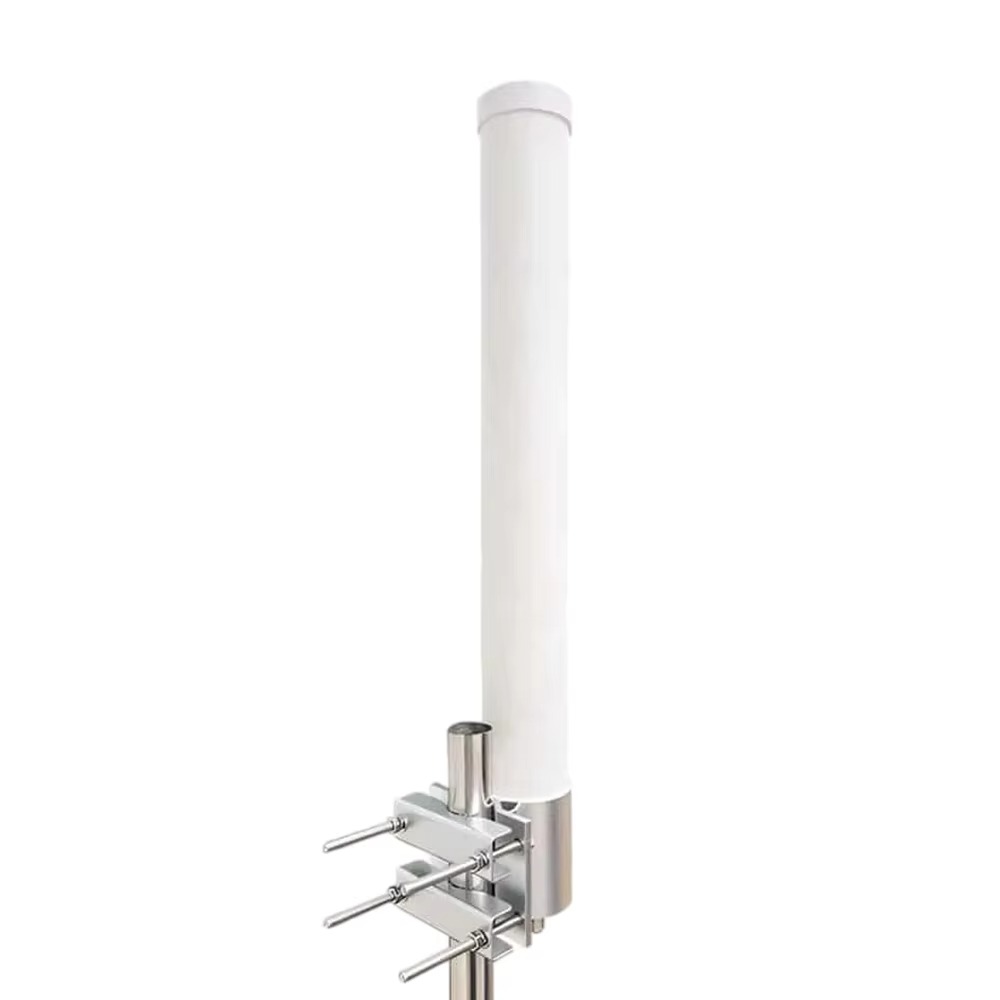














































 CN
CN


 Home >
Home > 














